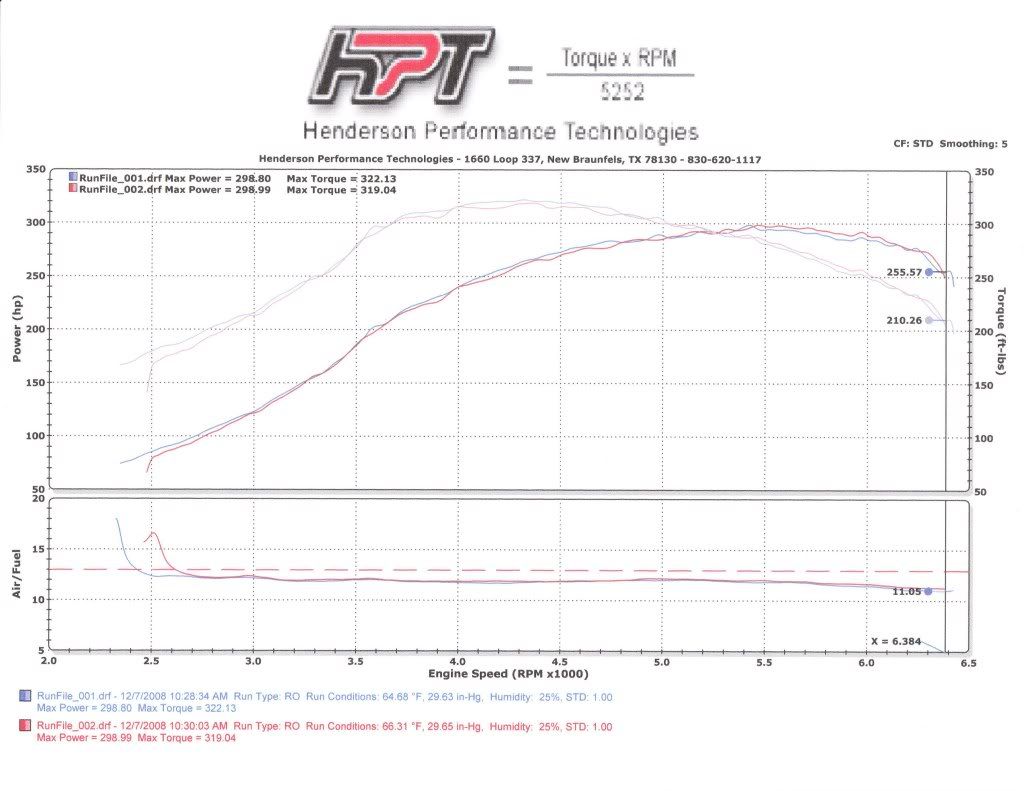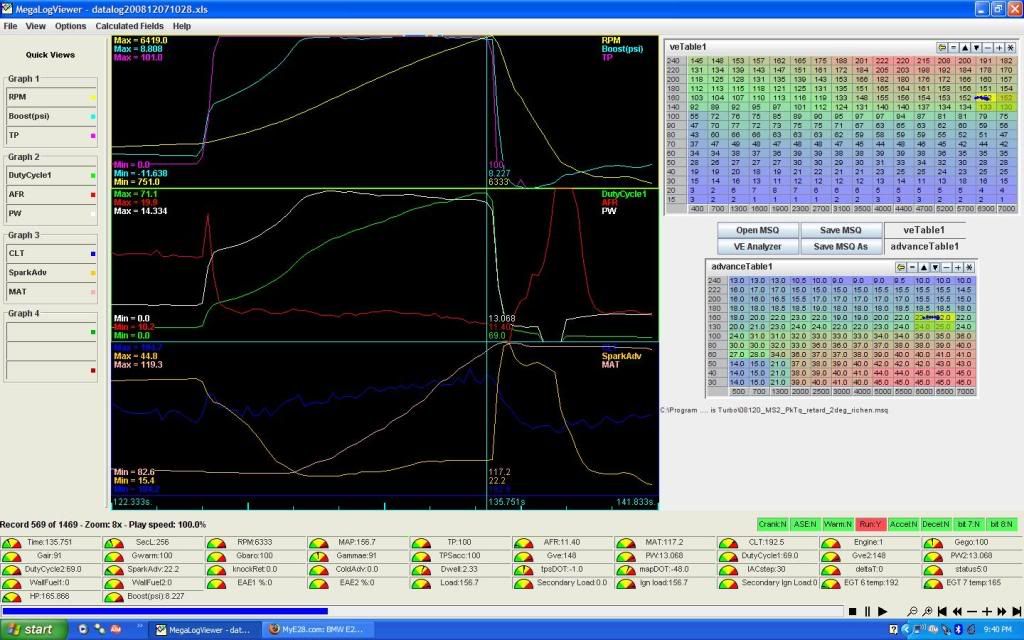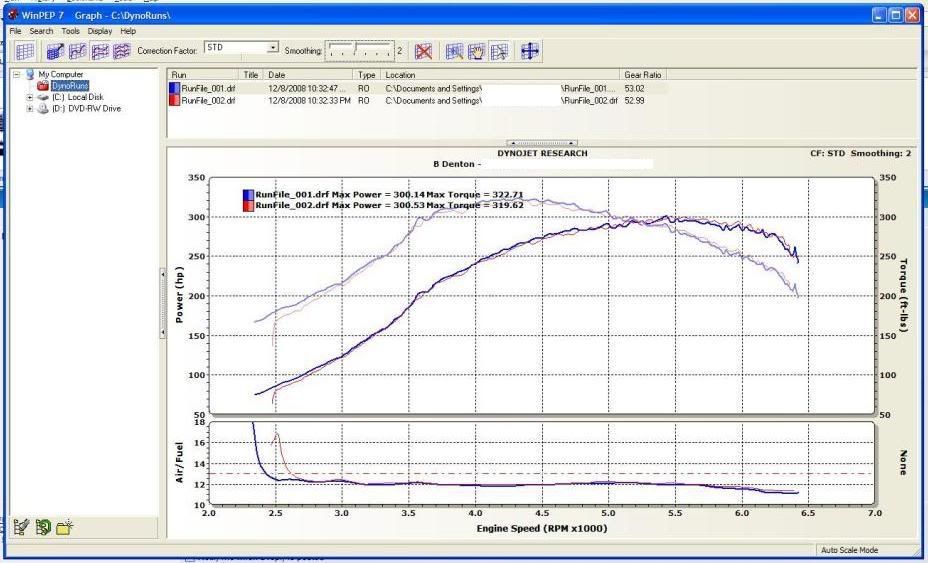George, you might want to have a look at this website.
http://www.pumaracing.co.uk/
LOTS of good information. David Baker has a lucid discussion on power train losses along with a number of other worthwhile topics. I ran this info past Jay Kimball and Justin Pierce at MileHigh Performance when we were doing the development work on LH's engine management and turbo settings. Jay's thinking is the power loss percentages are going to be greater, relatively speaking, on small-displacement engines when compared to say a BB Chevy.
Think losses closer to the 20% level when dialing in a 1600 cc Honda, while the BB Chev might be closer to the 16% figure. The drain thru the trans and drivetrain has some irreducible minimums which tend to put more of a burden percentage-wise on the smaller engines. For purposes of discussion here, I'm ignoring the differences in loss related to front-wheel drive vs. RWD. Read Baker for some good coverage on this.
When we got my dyno results, the question of, "707 at the wheels equals what at the crank?" got run past Paul. He thought 16% loss was probably a pretty fair estimate. I ran the dyno and datalog rersults backwards through the Not2Fast turbo mathematical model and got values that were within a couple of percent of what the model predicted. Which certainly did a lot for my confidence in the "paper engine."
Since Jay, Justin and Burke have built more engines than you or I will ever see, I tend to trust their judgment. All of these gentlemen have told me it is only to easy to fudge the numbers--input a slightly-off SAE correction value; use an incorrect altitude, air temp or relative humidity number and things can get twisted. Similarly, use a peak acceleration number on the roller rather than a steady rate figure and you can come up with something closer to the client's dream. . . .
Net-net, our drivetrains have relatively few power-drainers. A dual-mass flywheel won't help. The potential wind-up in the subframe can be minimized with top-condition subframe and diff bushings. A case can be made that the guibo should count for a higher loss value, but once again, I've assumed that the rubber-snubber was fresh, as are the motor mounts. In other words, all the rubber bits are tight.
Paul insists that chassis dynos are a necessary evil; at least you can get
some kind of value and it beats a ouiji board. The only way (sez he) is to use a properly set up and calibrated engine dyno pumping who knows how much water. This is all very well and good if such dyno is available, and you can go through the agony of connecting up all the plumbing and the engine management paraphenalia. This independent of going thru your kid's college tuition money.

Power losses through torque convertors vary all over the lot; changing stall speeds or vane configurations can make a lot of difference. In other words, a setup configured purely for quarter-mile is going to show a lower loss value than what might be seen on your wife's Windstar. Similarly, an open diff might contribute to a higher loss number than a Quaife or a welded-up 100% locker.
Sooo, when someone says, "I'm getting 'X' out of my motor because the dyno said so," it's time to take things with a large pinch of salt. Either let it ride or be prepared for some heated discussion.

HTH
Ken
PS: Jay has my dyno printouts on his office wall. I might add they infuriate any number of the guys pushing American Iron North-Northeast up Bandimere Speedway.






